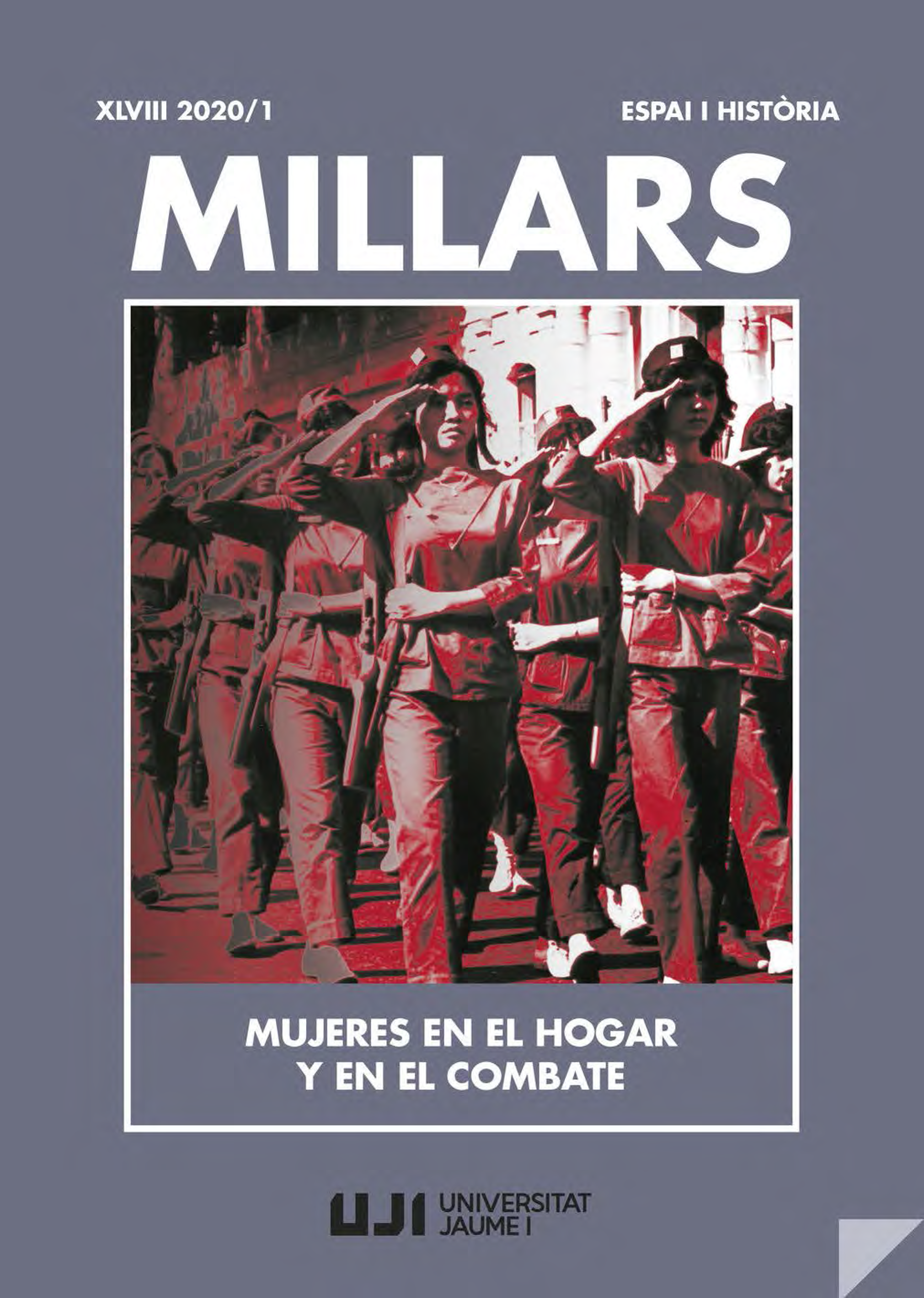“IF I COULD BECOME A MAN”. GENDER, POLITICS AND SOCIETY: THE REDEFINITION OF FEMININITY DURING THE LONG 1848 IN ITALY
Main Article Content
Abstract
During the Italian and European revolution of 1848, new artistic fields and styles appeared which rapidly became part of the political arsenal which cha- racterised the ideological opposition between the Italian nationalist movement and the Roman Curia. From the analysis of specific and unusual documental ty- pologies (caricature, painting and fiction), some thematic cores clearly emerge which structure, on both sides, the political rhetoric and the ideological dispute: the notion of people, anticlericalism or anti-republicanism, but above all the new definition of masculinity and femininity, with the corresponding definition of roles. In this respect, the obsessive attention to feminine corporality and its undesired public explosion, which can be found in both productions, appears to refer to the wider phenomenon of the progressive affirmation of bourgeois society and its system of values (nationalism) and so the tenacious resistance of the clergy aimed at maintaining control over institutions, above all the family, considered to be the true holder of faith and the base of social relations.


